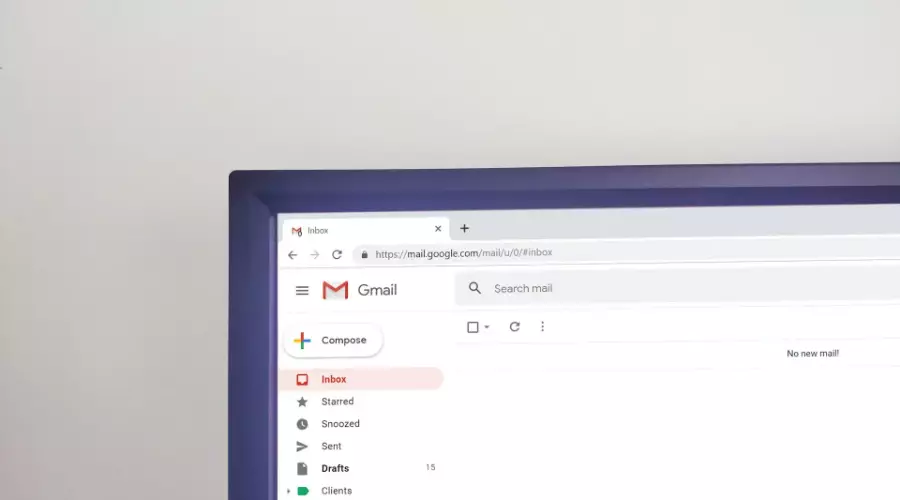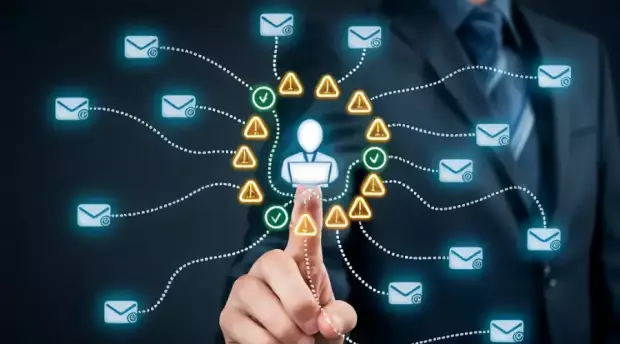Integrating AI-Driven Email Verification to Boost Campaign Performance

Email marketing remains a cornerstone of digital communication, but its effectiveness hinges on the quality of your contact list. With the rise of artificial intelligence, businesses now have powerful tools to verify email addresses and enhance campaign performance. Understanding how to integrate AI-driven email verification can dramatically improve your deliverability rates, engagement metrics, and overall marketing success.
The Evolution of Email Verification
Traditional email verification methods relied on simple syntax checks and basic domain validation. While these approaches helped identify obvious errors, they often missed sophisticated issues that could impact deliverability. Over the past three years, average email deliverability rates have increased from 94.26% in 2020 to 96.43% in 2023, indicating enhanced email list management and verification practices. This improvement coincides with the rise of AI-driven verification, which has transformed this landscape by offering deeper insights and more accurate results through machine learning algorithms that continuously adapt to new patterns and threats.
For businesses focused on outreach, implementing an outbound sales solution with integrated AI email verification capabilities has become increasingly important. These platforms combine advanced email verification with automated warm-up processes, ensuring that your messages not only reach valid addresses but also maintain high deliverability rates through intelligent inbox management and engagement tracking.
Modern AI verification systems analyze multiple factors simultaneously, including email syntax, domain reputation, mailbox existence, and historical engagement patterns. This comprehensive approach ensures that your email list contains not just valid addresses but actively engaged recipients who are likely to interact with your campaigns.
3 Key Benefits of AI-Driven Email Verification
Enhanced Deliverability Rates
AI verification systems can predict which email addresses are likely to bounce or generate spam complaints before you send your campaign. By identifying and removing these risky addresses, you can maintain a clean sender reputation and ensure your messages reach their intended recipients. The system learns from each campaign's performance, continuously refining its verification criteria to improve future results.
Real-Time List Cleaning
Unlike traditional batch processing methods, AI-driven verification can work in real-time as new subscribers join your list. This immediate validation prevents invalid emails from entering your database and ensures your list stays clean without requiring manual intervention. When users subscribe through your website or landing pages, the AI system can instantly verify their email addresses and flag any potential issues.
Fraud Detection and Prevention
Sophisticated AI algorithms can identify patterns associated with temporary email addresses, spam traps, and fraudulent signups. By detecting these threats before they impact your campaigns, you can protect your sender reputation and maintain high deliverability rates. The system analyzes multiple data points, including IP addresses, signup patterns, and domain age, to identify potential risks.
Implementing AI Email Verification in Your Campaigns
Integration with Existing Systems
Modern AI verification tools offer seamless integration with popular email marketing platforms and CRM systems. Most solutions provide APIs that allow you to verify addresses at critical points in your workflow, such as during form submission or before sending campaigns-one of the most effective email deliverability tips to ensure your list remains clean and reliable. This integration ensures that verification becomes a natural part of your email marketing process rather than a separate task.
Setting Up Verification Rules
When implementing AI-driven verification, start by establishing clear rules for handling different types of results. These rules should be customized to your business needs and risk tolerance levels while considering the specific requirements of your industry and target audience. Set up the following guidelines:
- Create protocols for handling addresses flagged as high-risk
- Set up automated cleaning processes for maintaining list hygiene
- Establish thresholds for acceptable risk levels in different campaign types
- Define procedures for re-verification of older contacts
Monitoring and Optimization
AI verification systems provide valuable insights into your list quality and campaign performance. Regular monitoring of these metrics helps you:
- Track improvements in deliverability rates
- Identify patterns in invalid signups
- Adjust verification parameters based on results
- Optimize your signup forms and validation processes
Using AI-Generated Insights to Improve Campaigns
Behavioral Analysis
AI systems don't just verify email addresses; they analyze recipient behavior patterns to predict engagement likelihood. While industry benchmarks show open rates averaging between 34.23% and 41.31% across sectors (with agriculture and food industries notably higher at 38.01% to 44.3%) and click rates ranging from 2.66% to 3.01%, AI analysis helps you exceed these standards. By leveraging this intelligence, you can segment your list more effectively and create targeted campaigns that resonate with specific audience groups. The system can identify:
- Optimal sending times based on past engagement
- Content preferences indicated by click patterns
- Response patterns that suggest list fatigue
- Potential churn risks based on engagement decline
Cost-Benefit Considerations
While implementing AI-driven email verification requires an initial investment, both in terms of technology adoption and team training, the long-term returns often significantly outweigh these upfront costs. Organizations typically see positive ROI within the first few months through:
- Reduced bounce rates and associated sending costs
- Improved campaign performance and ROI
- Lower risk of blacklisting and sender reputation damage
- Enhanced customer engagement and conversion rates
Future Trends in AI Email Verification
As artificial intelligence continues to evolve and computing power increases, email verification systems are becoming more sophisticated and capable of handling complex verification scenarios in real-time. Industry experts predict several groundbreaking developments in the coming years, with emerging trends including:
- Natural language processing for content validation
- Enhanced fraud detection capabilities
- Integration with predictive analytics for campaign optimization
- Automated list segmentation based on verification results
The growing use of AI tools to refine and improve your email message, ensuring higher personalization, clarity, and effectiveness.
Best Practices for Success
To maximize the benefits of AI-driven email verification:
- Regularly update your verification parameters as new threats emerge
- Maintain detailed records of verification results and campaign performance
- Use progressive profiling to gather additional subscriber data
- Test verification settings with small segments before full implementation
By following these guidelines and leveraging the power of AI-driven verification, businesses can significantly improve their email marketing results while protecting their sender reputation and maintaining strong relationships with their subscribers.




